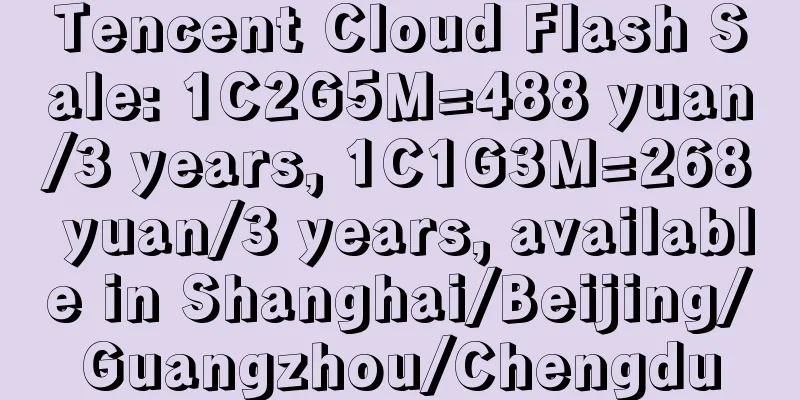ABI: Massive MIMO improves capacity and availability in 5G operator speed tests

|
For years, there has been a debate over whether broadband should be considered an essential utility similar to basic public utilities. By labeling broadband as a utility, it is made more affordable and accessible. The COVID-19 pandemic has further reinforced the importance of broadband in everyday activities. As the way people work and interact shifts to the emerging “new normal,” the expansion of broadband capacity and the implementation of 5G technology are likely to accelerate. The economic benefits of mobile broadbandAccording to GSMA, mobile technologies and services created $4.4 trillion in economic value in 2020, accounting for about 5.1% of global gross domestic product (GDP). This figure is expected to increase by $480 billion to just over $4.8 trillion by 2025. In developing and developed markets, the economic impact of mobile technology over the past two decades has accounted for 4.3% and 2.8% of GDP respectively. Looking ahead, the GSMA also estimates that with 5G technology capable of delivering up to 100 times the speed and 10 times the latency reduction, this could lead to a 2.1% increase in global revenue over the next 10 years. This further highlights the importance of 5G in promoting economic and productivity growth, especially as digital technology is at the forefront of countries' post-epidemic recovery. The current state of 5GABI Research predicts that the number of global 5G users will increase from 220 million in 2020 to 2.4 billion in 2025, with a five-year compound annual growth rate (CAGR) of 61.3%. According to a report from the General Services Administration (GSA), as of mid-August 2021, a total of 176 operators in 72 countries and regions have launched 5G commercial networks, up from 41 countries and regions a year ago. Operators' investment map in 5G networks5G is expected to reach 1 billion users in three and a half years, compared to four years for 4G and 12 years for 3G. This exponential growth of 5G is mainly due to faster speeds and ultra-low latency supporting more consumer and enterprise use cases. The ability to support many new services and applications such as augmented reality (AR)/virtual reality (VR), cloud gaming and fixed wireless access (FWA) means that 5G can help operators create new revenue streams and provide cutting-edge services. Furthermore, the number of commercially available 5G devices has grown exponentially over the years, with more than 600 available as of July 2021. 5G Broadband to 5G Smart CityThe speed and availability of 5G deployments also play a role in smart city development. The pandemic has also pushed cities to go wireless, with autonomous form factors for disaster and disease management invaluable in ensuring urban resilience and safety. From 5G smart city robots that monitor temperature in real time in Guangzhou, China, to 5G self-driving cars in Thailand for contactless medical delivery, 5G improves population coverage, resilience, and data throughput speeds to promote the development of smart city ecosystems. |
<<: 80% of the network traffic returned by Internet applications comes from it?
Recommend
Network as a Service (NaaS) Demand is Changing the Enterprise Market
The demands placed on communications service prov...
About NSA and SA of 5G, you will understand it in seconds after reading this!
The first official 5G standard is about to be rel...
Who will shoulder the responsibility of making money from 5G? Although first class is expensive, total revenue still depends on economy class
5G brings a large number of new products and serv...
With unlimited data and 5G coming, how far are we from eliminating Wi-Fi?
According to media reports, Wi-Fi may be phased o...
Zheye IO year-end promotion: 30% off all cloud servers + free memory, 200 yuan off for independent servers, 300 yuan free for 1,000 yuan recharge
ZheyeIO has released a 2020 year-end promotion pl...
Interpreting the four major reasons why my country is comprehensively promoting the implementation of IPv6!
In November 2017, the General Office of the CPC C...
How will 5G change the world?
5G is the latest mobile network technology that o...
In the 5G era, operators are fully advancing cloud-network integration
At the same time, with the large-scale commercial...
A table to understand the difference between 5G and Wi-Fi 6
[[415279]] Spectrum Type Traditionally, cellular ...
DNS record types
[[400276]] This article is reprinted from the WeC...
Huawei takes four major measures to lay out its computing strategy and launches the new AI training cluster Atlas 900
On September 18, 2019, the fourth HUAWEI CONNECT ...
RAKsmart: Dedicated servers from $20/first month, high-security servers from $79/month, cluster servers/1~40G high-bandwidth servers, etc.
RAKsmart launched the "New Year's Big Di...
The operating data of the three major operators in January was released: China Telecom’s 5G users are about to exceed 100 million
[[383106]] In a blink of an eye, the Spring Festi...
CDN+MEC will become the main battlefield in the future
With the rapid development of cloud computing, cl...









